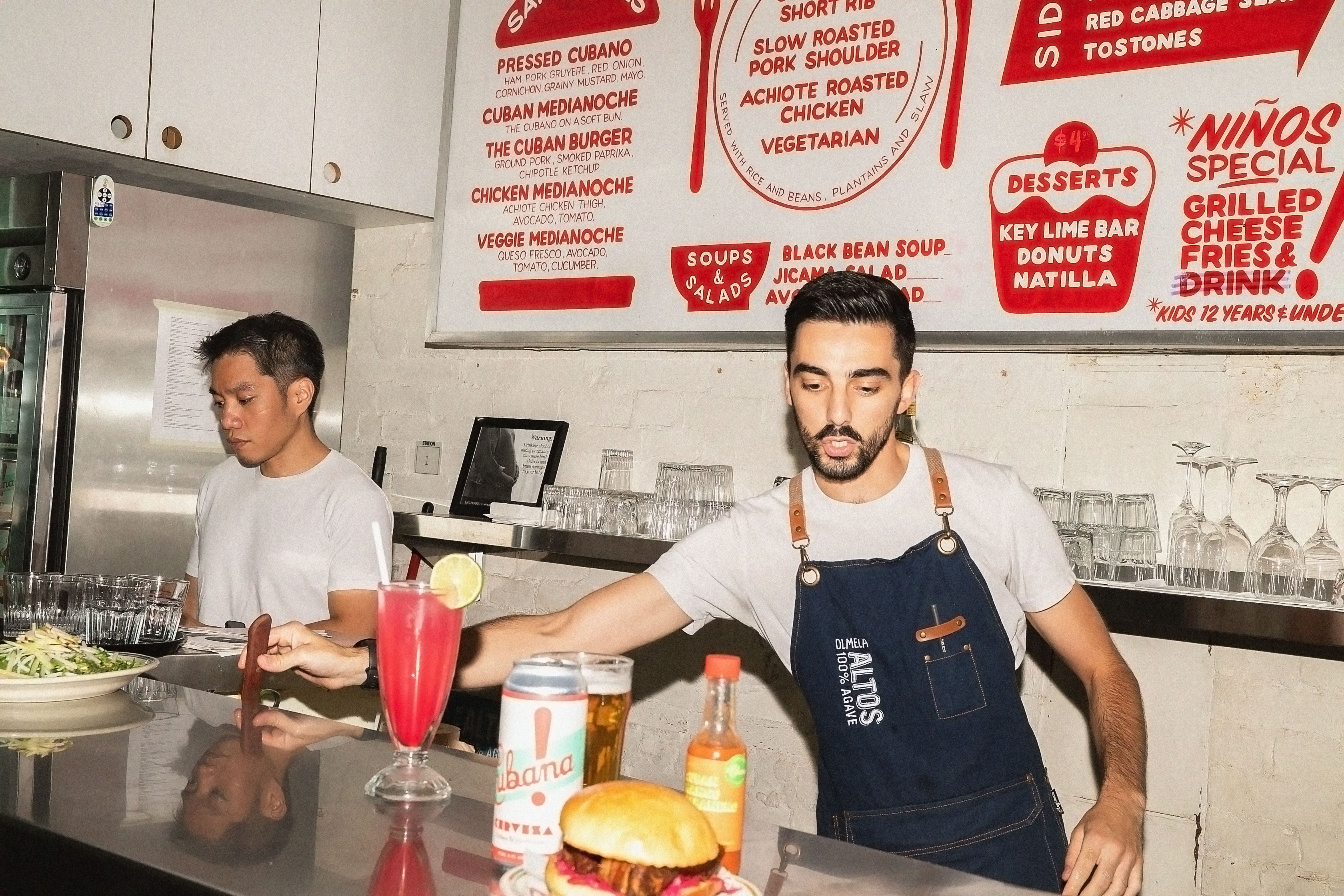
Stay ahead of industry trends
The 2025 Restaurant Workforce Report
Get into the minds of over 900 restaurant managers:
Scroll down to preview the top findings!
Jana Domanico
Senior HR Operations Manager, Boka Restaurant Group.

1. The Industry is growing—and QSRs emerge on top
Total employment in the restaurant industry grew by 1.72%, adding 210,300 jobs in 2024. Fueled by post-2020 habit changes and a young generation of diners, QSR dining has grown by 4%, offsetting losses in the full-service sector.
2. Hiring remains a top challenge
Sixty-five percent of respondents described the current labor market as “Tight” or “Very Tight." Recruiting (30%) and retention (27%) are top concerns, with a lack of qualified and committed applicants cited as a significant obstacle.
3. Employees are the center of attention
With hiring challenges at the forefront, retaining current staff has become a top priority for operators. Restaurants are implementing benefits like paid time off (PTO). Despite efforts to improve benefits, 69% of respondents do not offer childcare or mental health support, indicating opportunities for differentiation.
Danielle Hester
Director of Team Member Experience, gusto!
4. Restaurants are paying more and more
Median base wages have risen 4%, from $13.64 to $14.20 per hour, and total compensation has followed a similar upward trend. Many restaurants are adjusting pay scales and offering additional benefits, including 401(k) plans and improved healthcare, to attract and retain workers. The demand for higher hourly wages persists as restaurants face ongoing challenges to meet employee expectations.

5. Wages are rising, but regional disparities persist
Wages in the restaurant industry are rising nationwide, but substantial regional disparities remain. High-cost-of-living regions like the Pacific Northwest and Northern California lead with hourly wages over $20, with cities like Seattle and San Francisco averaging $25.34 per hour. In contrast, regions like the Southeast and Midwest lag behind, with hourly wages averaging $15 in cities like Charlotte and Houston.
6. Tipping practices are mostly unchanged
Sixty-three percent of restaurants have made no changes to their tipping models in 2024, keeping tips a core part of workers' income. While there’s growing interest in service charge models, tipping remains critical. Conversations about wage equity for service workers continue as the industry grapples with fair compensation approaches.

Jana Domanico
Senior HR Operations Manager, Boka Restaurant Group

7. Restaurants continue to invest in and adopt tech
Sixty-five percent of restaurants adopted new technology in 2024 to address labor challenges. However, 27% of restaurants still rely on manual scheduling, indicating a solid grip on older management methods. Technology adoption is proving essential to streamlining operations and improving workforce management.

















